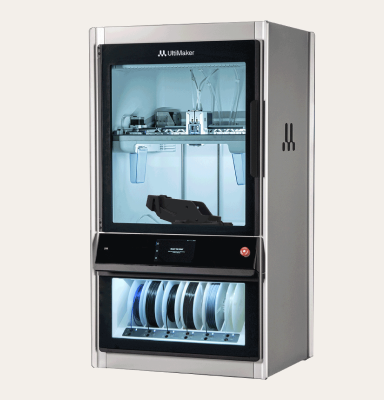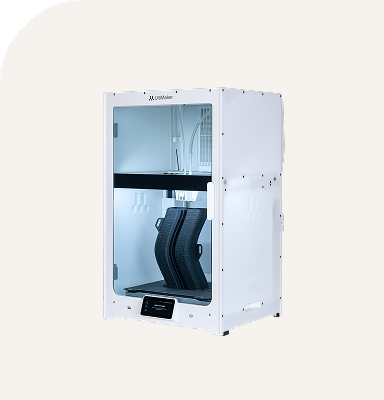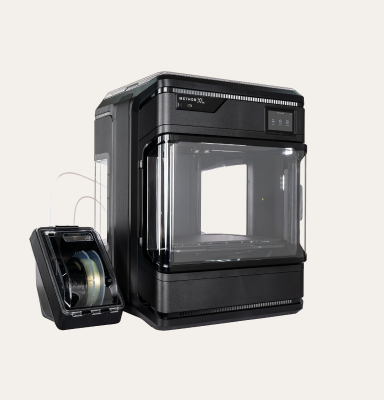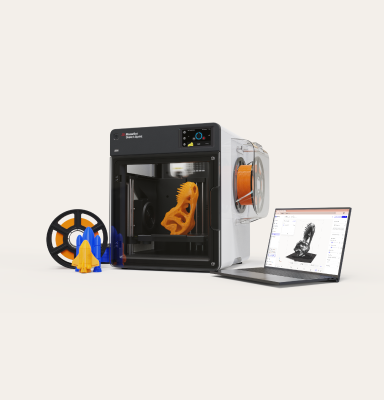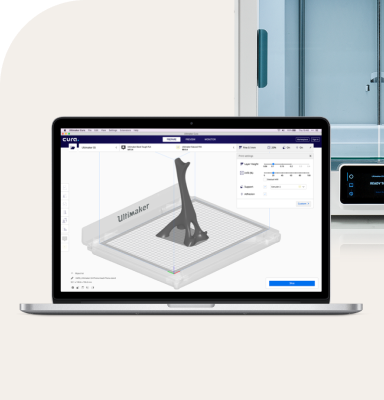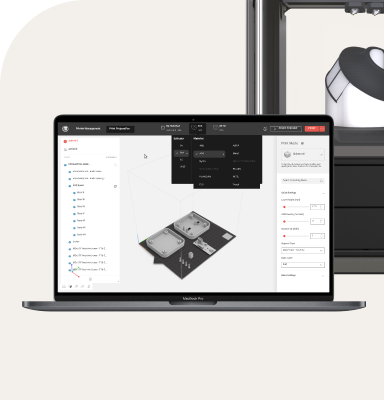In defense, every decision counts. From logistics and supply chains to maintenance and repair operations, there’s little room for error - especially when operating in remote or high-pressure environments. That’s why reliability is non-negotiable. As 3D printing becomes more embedded in defense applications, its reliability is being tested in new and critical ways.
Whether it's producing replacement parts in the field, prototyping critical components, or supporting MRO, 3D printing must deliver consistent results, time after time. In demanding environments - from naval vessels and aircraft hangars to remote operating bases and repair stations - this means the printer needs to function flawlessly despite external challenges like dust, heat, or vibration. This level of reliability is equally essential for maintenance crews working on tight schedules or MRO teams operating in makeshift workshops, where downtime or print failures can delay essential repairs.
The cost of downtime in defense
When failure isn’t an option, the true cost of downtime becomes clear. A printer issue in a research lab or helicopter maintenance hall can stall innovation, delay essential repairs, or disrupt logistics planning. Beyond reactive repairs, reliable additive manufacturing enables predictive maintenance workflows - producing parts before failure occurs, keeping fleets operational and avoiding delays.
In many defense MRO settings, aging equipment and parts often requires parts that are no longer in production or only available from a single supplier - a reliable 3D printer allows teams to manufacture those components on demand, avoiding costly delays and dependence on limited supply chains.
On deployment, those same issues can compromise operations or ground critical equipment. Whether in the field or on base, military operations demand dependable tools that perform under pressure.
That’s why reliability in defense-focused additive manufacturing goes far beyond rugged hardware. It includes stable software, intuitive workflows for technicians and engineers, broad material compatibility, and predictable maintenance. In every military setting - from R&D facilities to forward operating bases - the entire 3D printing ecosystem must deliver consistent, repeatable results when it matters most.
UltiMaker: Built for rugged reliability
UltiMaker’s 3D printers are designed and tested to perform in real-world conditions - conditions that reflect the challenges military operations face. With a European engineering heritage and a reputation for delivering professional-grade systems, UltiMaker printers have been deployed across industries where reliability is key for success.
For defense teams, this translates into a dependable manufacturing tool - whether it's integrated into a logistics hub, supporting rapid prototyping in an R&D lab, or deployed with mobile repair units. UltiMaker printers are known for:
- High print success rates, even in long, complex builds.
- Compatibility with a wide range of engineering materials, including wear-resistant and high-strength polymers.
- Compact, modular designs make them easy to transport and gives the team the flexibility to replace parts when needed.
UltiMaker’s NATO-compliant printers and European manufacturing standards ensure consistent quality and supply chain transparency - important factors for defense procurement processes.
Additive manufacturing with defense in mind
In defense operations, reliability also means predictability. Knowing your equipment will work exactly as expected - without needing constant recalibration or specialist oversight - enables faster response times and greater self-sufficiency in the field.
UltiMaker’s user-friendly interface, reliable firmware updates, and open-material platform help operators stay productive, even when support is limited.
As 3D printing becomes a critical enabler across the entire defense lifecycle, choosing a system built for reliability is a strategic decision.
We believe it’s about more than just printing - it’s about accelerating innovation, ensuring readiness, and staying agile in the face of the unknown.

